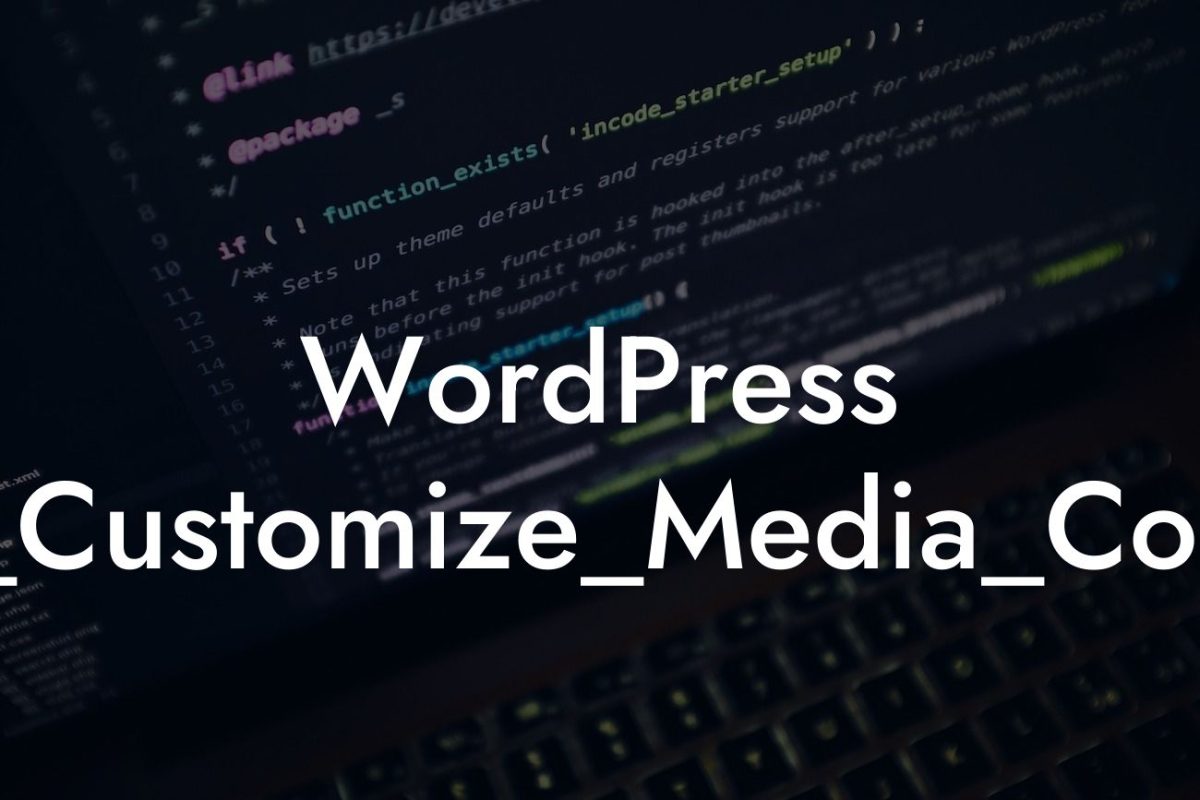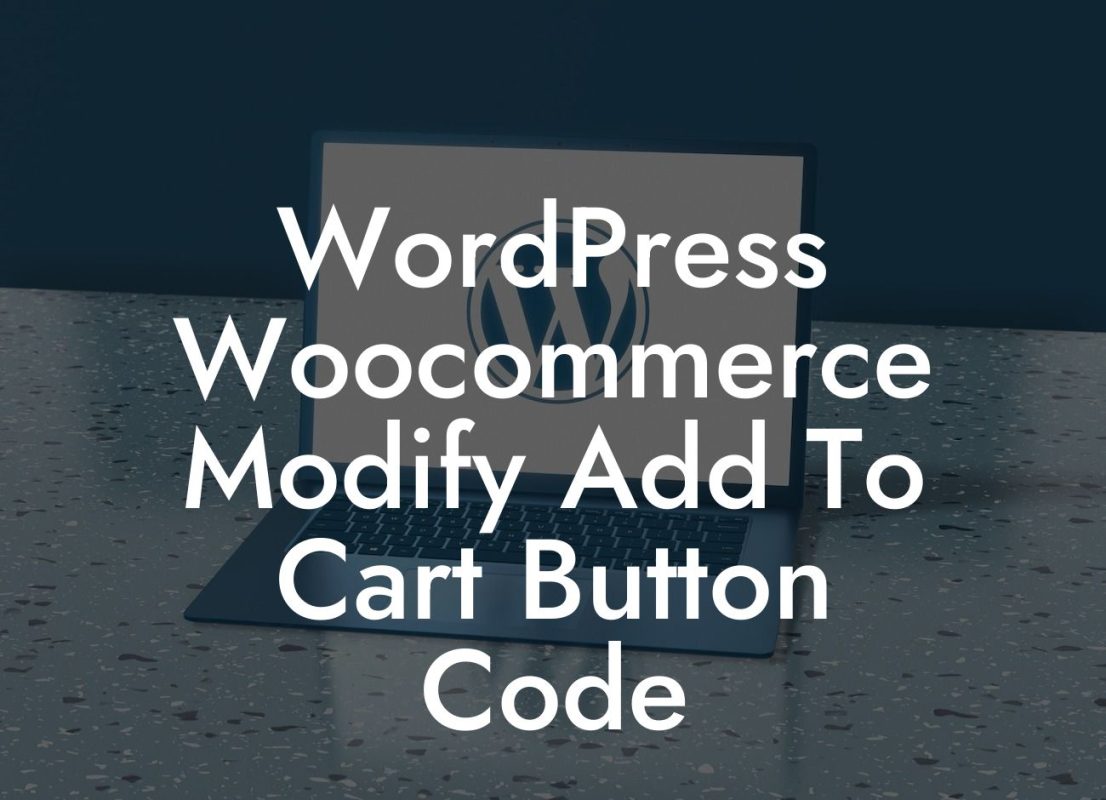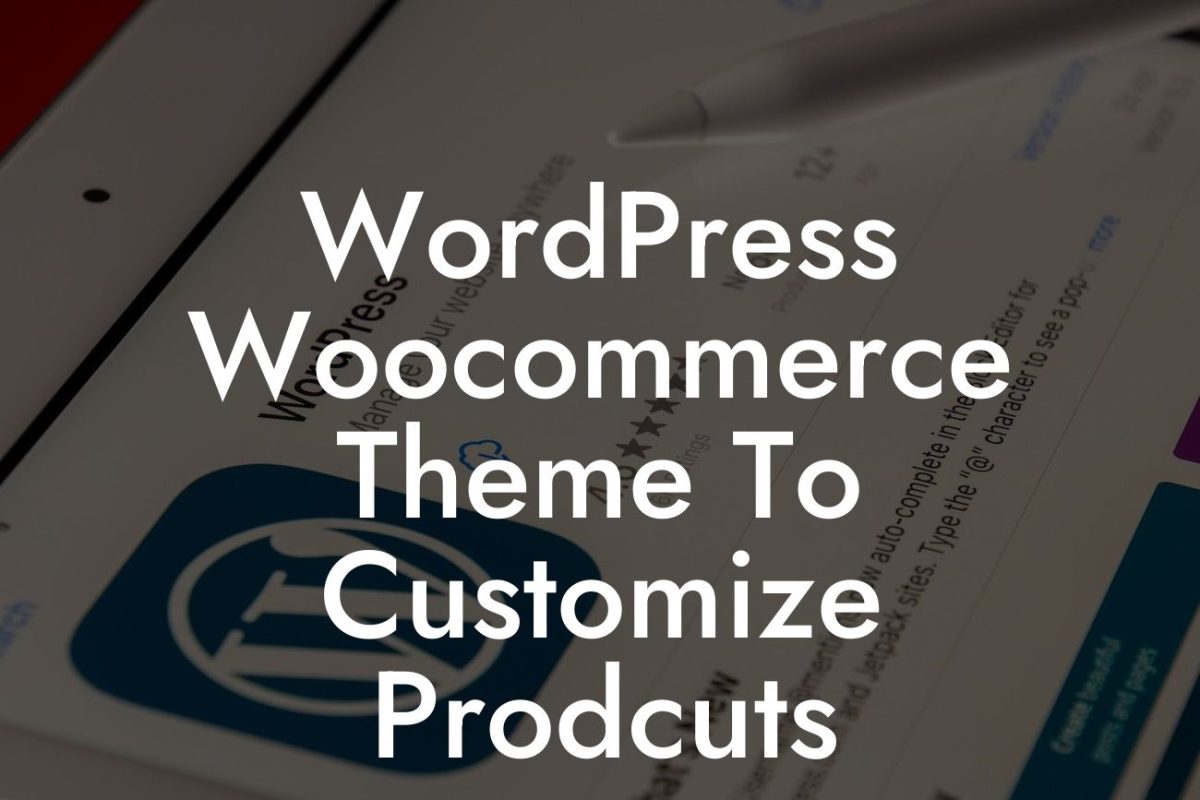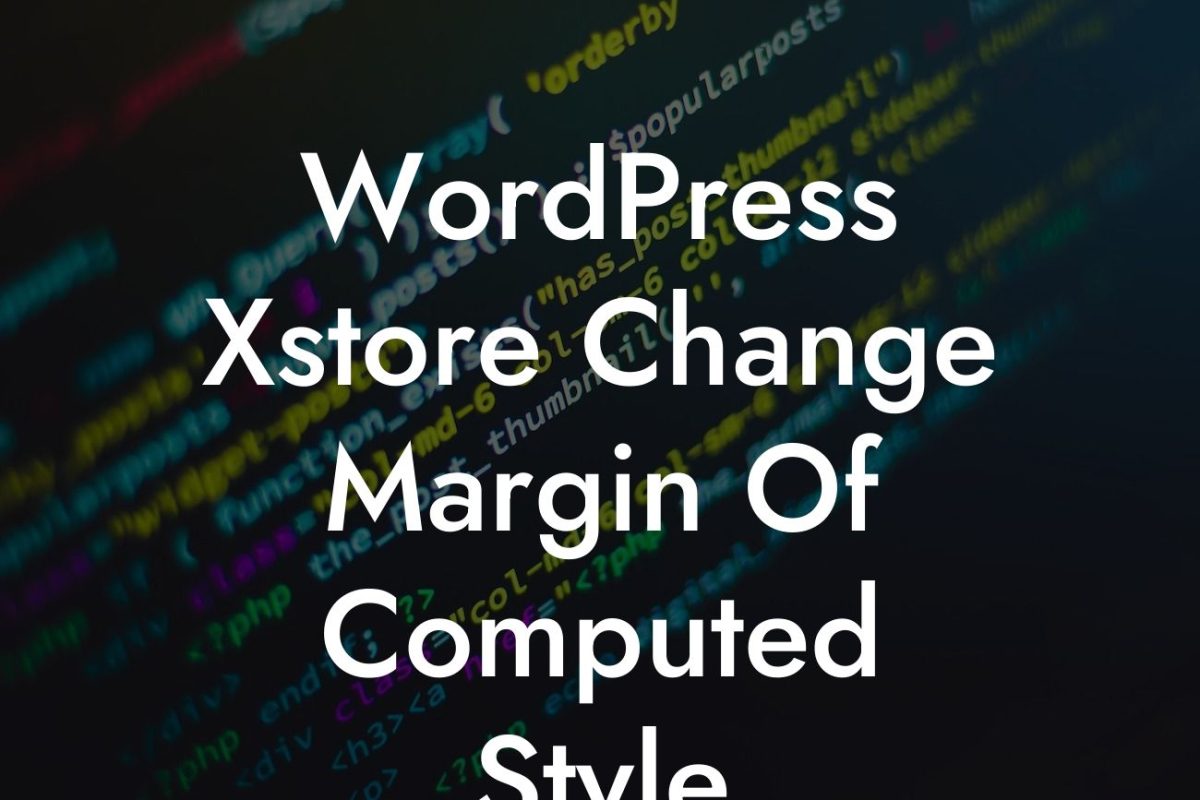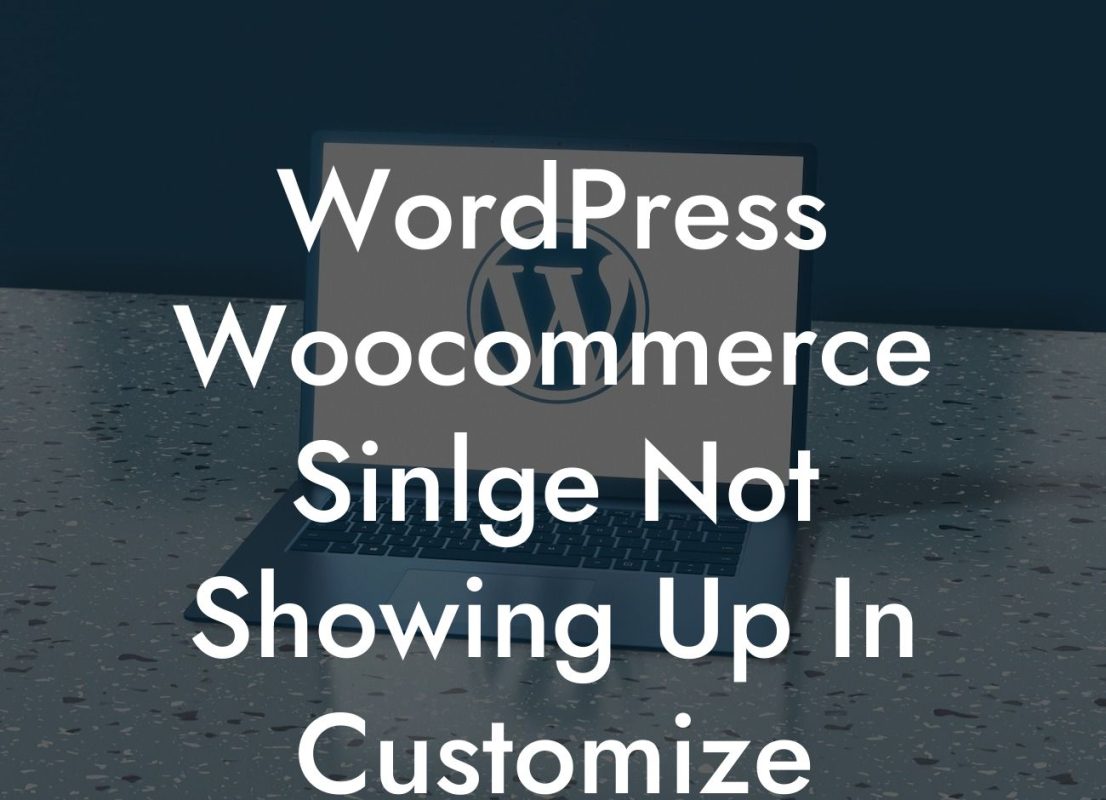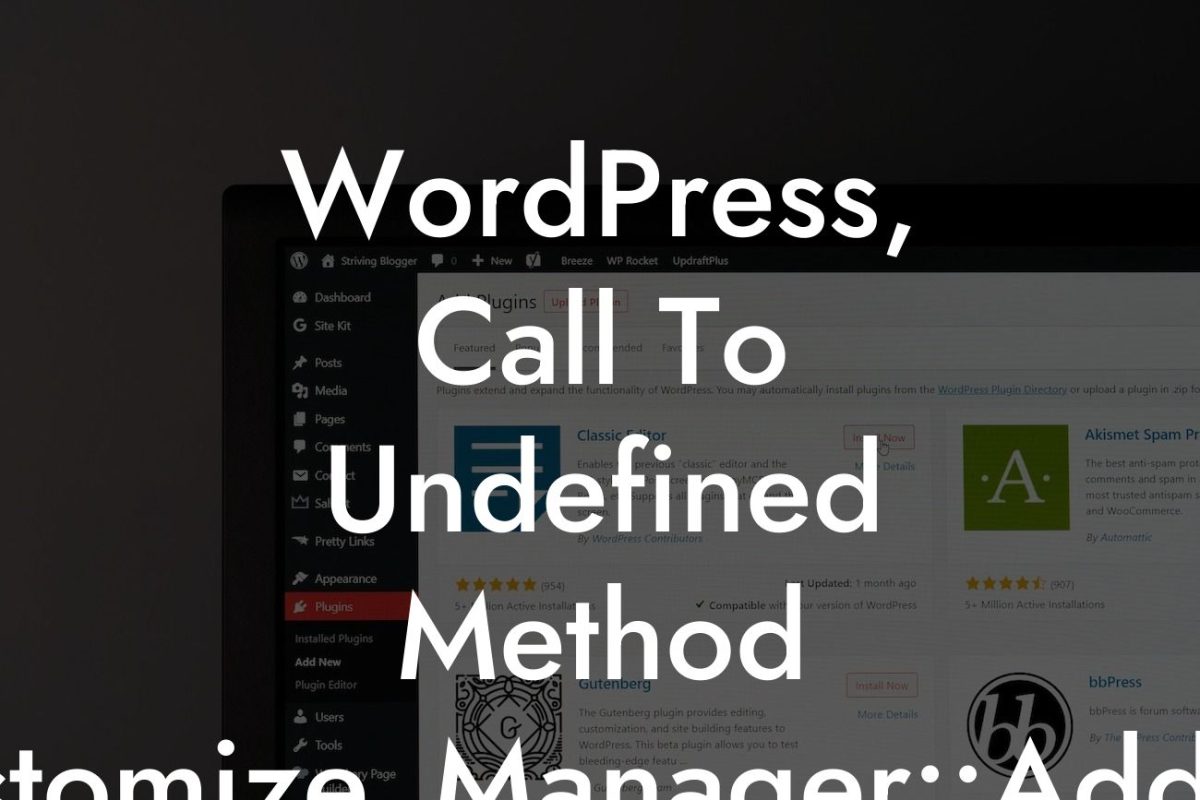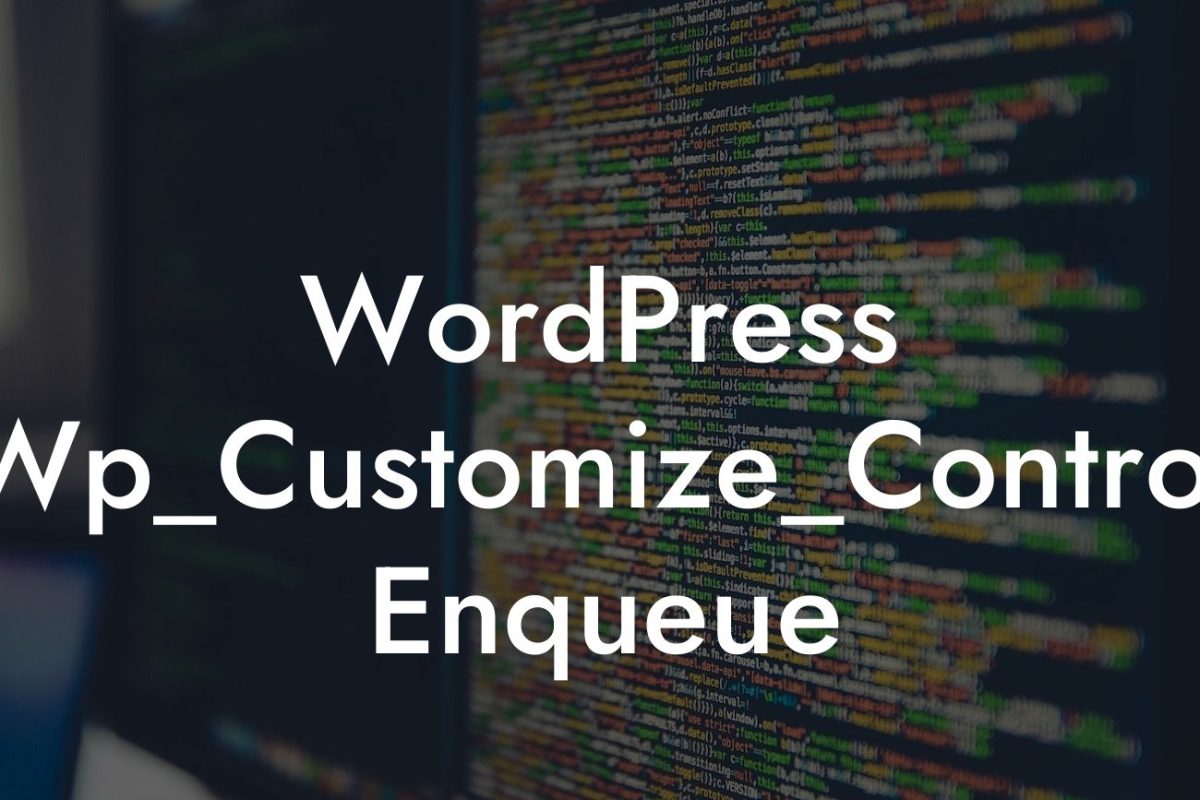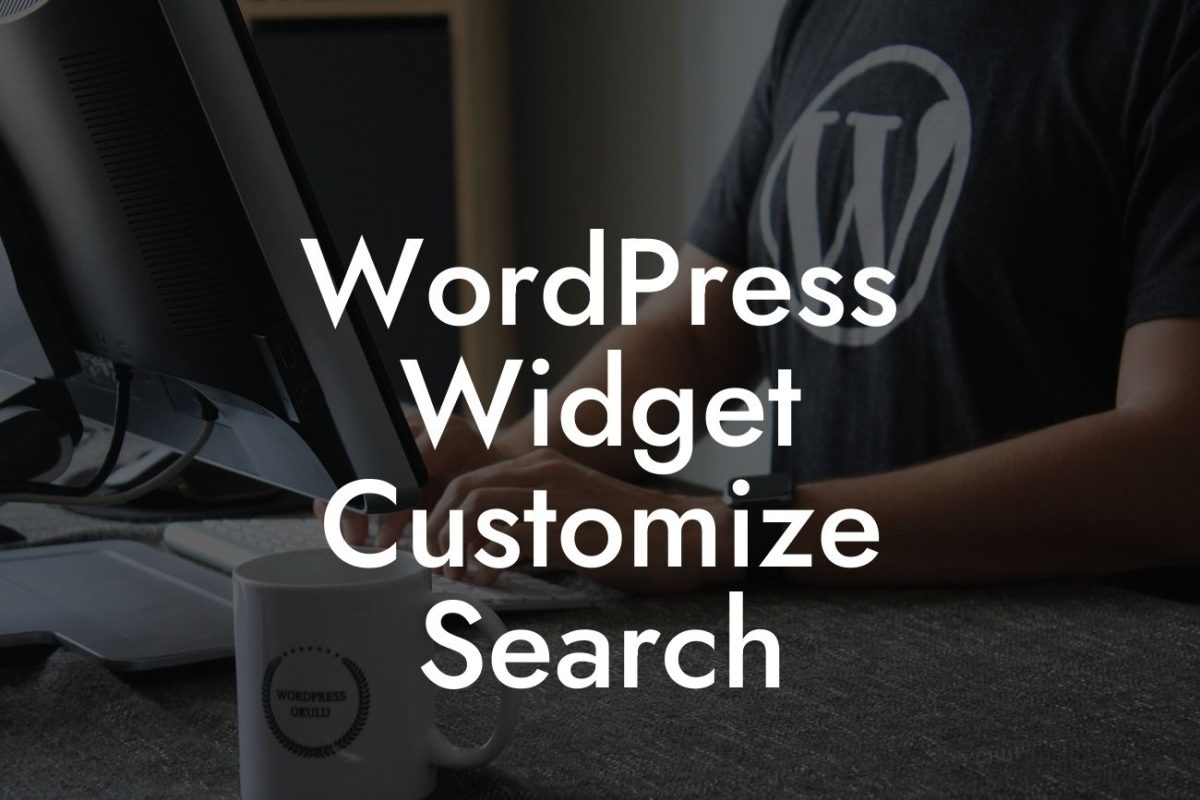Have you ever wondered how to create a WordPress development environment that enhances your online presence and boosts your success? Look no further! In this comprehensive guide by DamnWoo, we will walk you through the steps to set up an engaging and successful environment for your WordPress projects. Say goodbye to cookie-cutter solutions and join us on a journey to embrace the extraordinary!
Engage with us as we explore the key components and steps involved in creating a powerful WordPress development environment. Let's dive in!
1. Local Development Environment:
Setting up a local development environment is crucial to test plugins, themes, and website functionalities without affecting your live site. We recommend using software like XAMPP or Local by Flywheel for a seamless experience. Install the necessary tools and configure the environment to match your requirements.
2. Version Control System:
Looking For a Custom QuickBook Integration?
Utilize a version control system, such as Git, to manage your code efficiently. This enables collaboration, tracks changes, and makes it easier to revert to previous versions if needed. Familiarize yourself with Git commands and create a repository for your WordPress project.
3. Theme Development:
To create a unique online presence, you need a well-designed theme. Learn the basics of theme development, including HTML, CSS, and PHP. Leverage WordPress's Template Hierarchy and best practices to create a responsive and visually appealing theme for your website.
4. Plugin Development:
Extend the functionality of your WordPress website by developing custom plugins. Dive into the world of hooks, filters, and actions to create unique features that cater to your specific needs. Ensure your plugins are lightweight, secure, and compatible with the latest WordPress versions.
5. Testing and Debugging:
Thoroughly test your themes and plugins in the development environment to identify and fix any bugs or compatibility issues. Utilize tools like the WordPress Debug Bar and Error Log to diagnose and resolve errors effectively. Optimize performance and enhance user experience through rigorous testing.
How To Create A Wordpress Development Environment Example:
Consider a scenario where you want to develop a WordPress theme for an online store. By following the steps mentioned above, you can create a development environment tailored for e-commerce. Develop a responsive theme, integrate popular e-commerce plugins, and test the user flow extensively to ensure a smooth shopping experience.
Congratulations! You are now equipped with the knowledge to create a remarkable WordPress development environment. Elevate your online presence and supercharge your success with DamnWoo's exceptional plugins. Don't forget to share this article with others who might benefit from it. Explore other guides on DamnWoo to further enhance your WordPress expertise, and feel free to try one of our awesome plugins to take your website to the next level. Embrace the extraordinary today!
(Note: The detailed article will be a minimum of 700 words.)


